Value at your desk. Contact Us
Pia Victoria Velasco MD, FPDS
Healthy skin entails adequate sun protection. Without sun protection, it increases our risk for sunburn, skin aging and even skin cancer.
Here are some practical tips on how to protect your skin from the sun:
Seek shade when appropriate. The sun’s rays are most intense between 10 am and 2 pm.
Another way to protect yourself from the sun’s harmful UV rays is by wearing protective clothing. Dermatologists recommend wearing the following:
Proper choice of clothing can provide some sun protection. When selecting what to wear, avoid fabrics with a loose or open weave such as lace. Likewise, dark colors offer more protection than light colors.
A wide brimmed hat is a simple way to provide additional protection for the face and neck. Avoid caps and straw hats with a loose weave.
When choosing sunglasses, read the label to determine if the lens will provide adequate sun protection. In addition, large-framed sunglasses would offer more protection as compared to smaller frames.
If you opt to wear sandals or flip-flops or go barefoot outdoors, be sure to apply adequate amounts of sunscreen on all exposed areas.
Apply a broad-spectrum sunscreen with an SPF of 30 or higher.
SPF stands for Sun Protection Factor. This number tells you how long the sun’s UVB rays would take to redden your skin if you apply the sunscreen properly as compared with the amount of time without sunscreen. So if you use an SPF 30 product properly, it would take you 30 times longer to burn than if you used no sunscreen. Simultaneously, SPF 30 blocks approximately 97% of UVB rays. Higher numbered SPFs block slightly more of the sun’s UVB rays, but no sunscreen can block 100% of the sun’s UVB rays.
The US Food and Drug Administration has also concluded that the maximum SPF value on sunscreen should be “50+” as there is insufficient evidence to conclude a true difference in protection between products that are SPF 50, 75 and 100.
Water-Resistant. Dermatologists also recommend you look for the words “water resistant”. This tells you that the sunscreen is capable of staying on wet or sweaty skin for a longer while before you need to reapply. “Water resistant” tends to last for up to 40 minutes and “Very Water-Resistant” tends to stay for up to 80 minutes. For any case, sunscreens are not 100% waterproof and sweatproof and will still need to be reapplied.
Other tips when using sunscreen:
Be extra cautious near water, snow and sand. In these conditions, damaging rays of the sun tend to reflect more and increase your chances of sunburn.
Avoid tanning beds. Ultraviolet light from these sources tend to increase your risk for skin aging and skin cancer.
Consider a self-tanning product. If you choose to look tanned, do incorporate the use of sunscreen.
Perform regular skin-self exams. When in doubt, seek consult with your board-certified dermatologist.
TYPES OF SUNSCREENS
There are many available sunscreens on the market. To understand which one suits you best, we must first understand the type of UV rays.
There are two types of UV light that is capable of harming your skin – UVA and UVB.
UVB rays are responsible for producing sunburn. UVA rays on the other hand penetrate more deeply into the skin and cause premature skin aging such as wrinkling and age spots. Too much exposure to either UVA or UVB can cause skin cancer.
Sunscreens contain active ingredients that help prevent the sun’s UV radiation from damaging your skin. Here are two types of sunscreens and how they work for you:
Physical (Mineral) Sunscreen Ingredients
Some examples of these are titanium dioxide and zinc oxide. These ingredients block and scatter rays before they can penetrate your skin.
Chemical Sunscreen Ingredients
Some examples of these are oxybenzone, avodenzone and octisalate. These ingredients absorb UV rays before they can damage your skin.
Broad-Spectrum Protection
Broad-spectrum sunscreen is used to describe sunscreens that can protect you from both UVA and UVB rays. It would be wise to choose a sunscreen that can provide the greatest amount of protection from both types of UV radiation.
ISSUES ABOUT VITAMIN D
Will using sunscreen decrease your skin’s production of Vitamin D?
According to a Position Statement on Vitamin D by the American Academy of Dermatology, the AAD recommends that an adequate amount of Vitamin D should be obtained from a healthy diet that includes food rich in Vitamin D, foods/beverages fortified with Vitamin D and/or Vitamin D supplements. Vitamin D should not be obtained from unprotected exposure to UV radiation.
In this way, you can meet the required vitamin D you need without increasing your risk for skin cancer. If you are concerned about not getting enough Vitamin D, discuss your options with a board-certified dermatologist.
References:
American Academy of Dermatology
The Skin Cancer Foundation (skincancer.org)
AAD Position Statement on Vitamin D (2008, 2010)
Telemedicine in dermatology or teledermatology is a service provided by dermatologists to educate and communicate with the new and follow-up patients. It is conveniently located in the virtual realm. Physical travel is not needed unless the dermatologist specifies the need or urgency. A big plus for teledermatogy, is the way the distance is shortened, while still maintaining professionalism of an actual face-to-face in-clinic consultation.
Patients can seek consultation at the safety of their work, home or private spaces using a gadget of choice, whether cellphone or computer. Synchronous or face-to-face in video conference, asynchronous forwarded photographs, or both can be utilized.
At present, there are 12 PDS accredited institutions and 3 applicant institutions giving FREE teledermatology services thru resident dermatologists in training.
Schedules are available, mostly from 7-5pm Mondays to saturdays.
Here are some information about the FREE teldermatology consults being conducting in the 12 training institutions. Feel free to contact them!
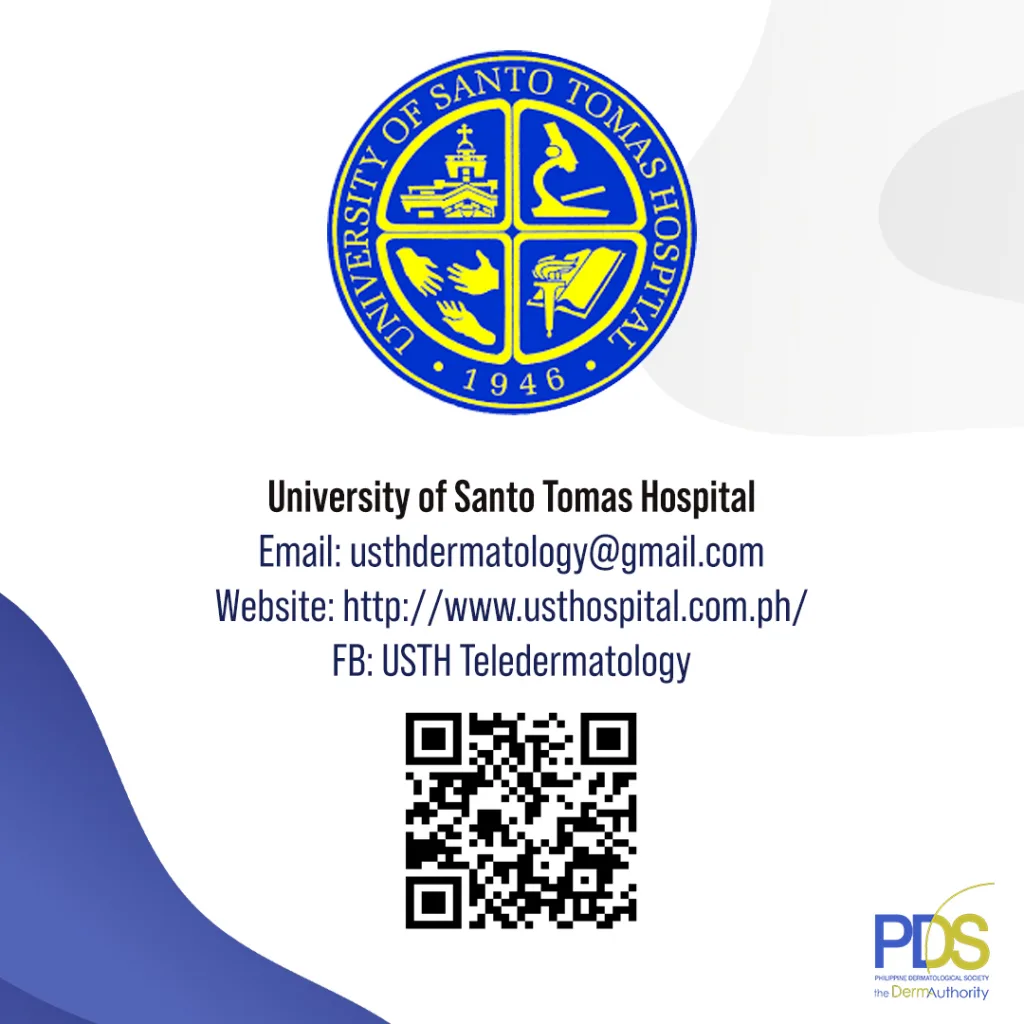
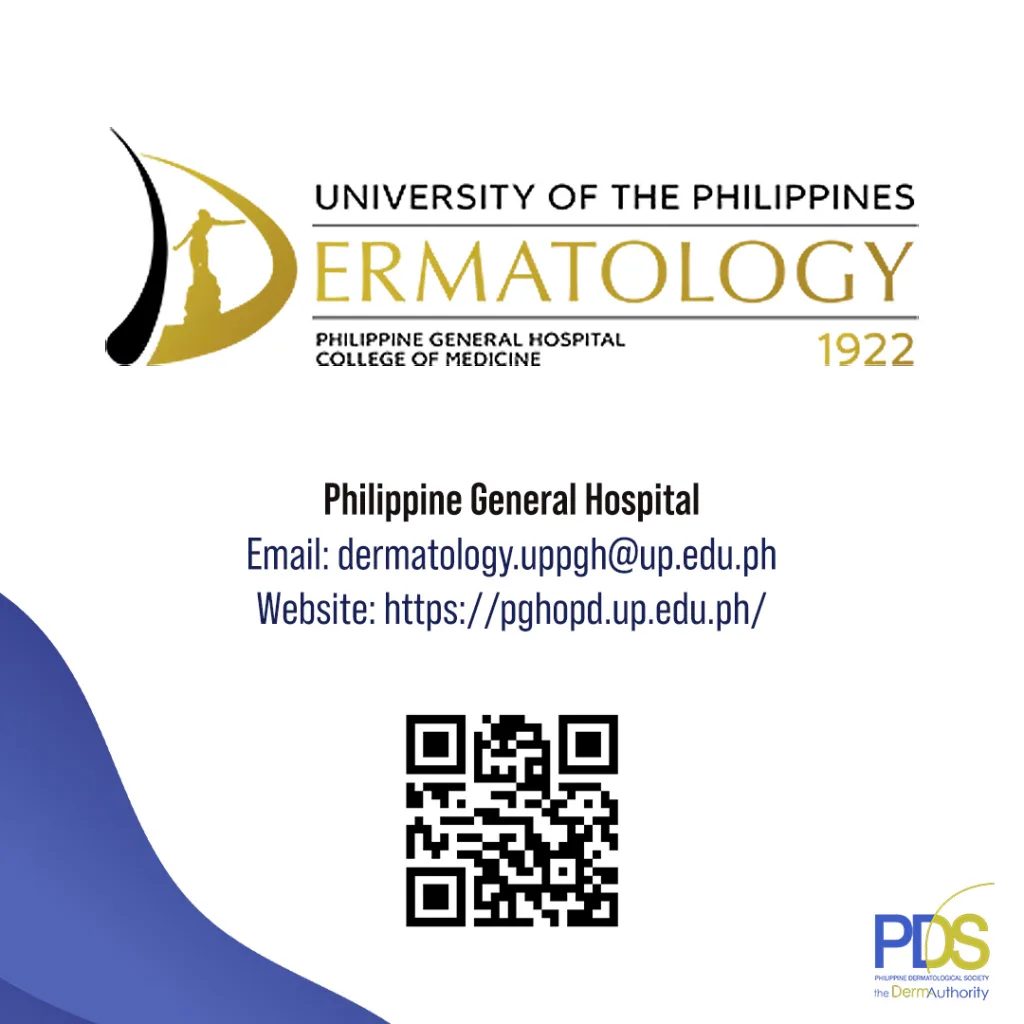
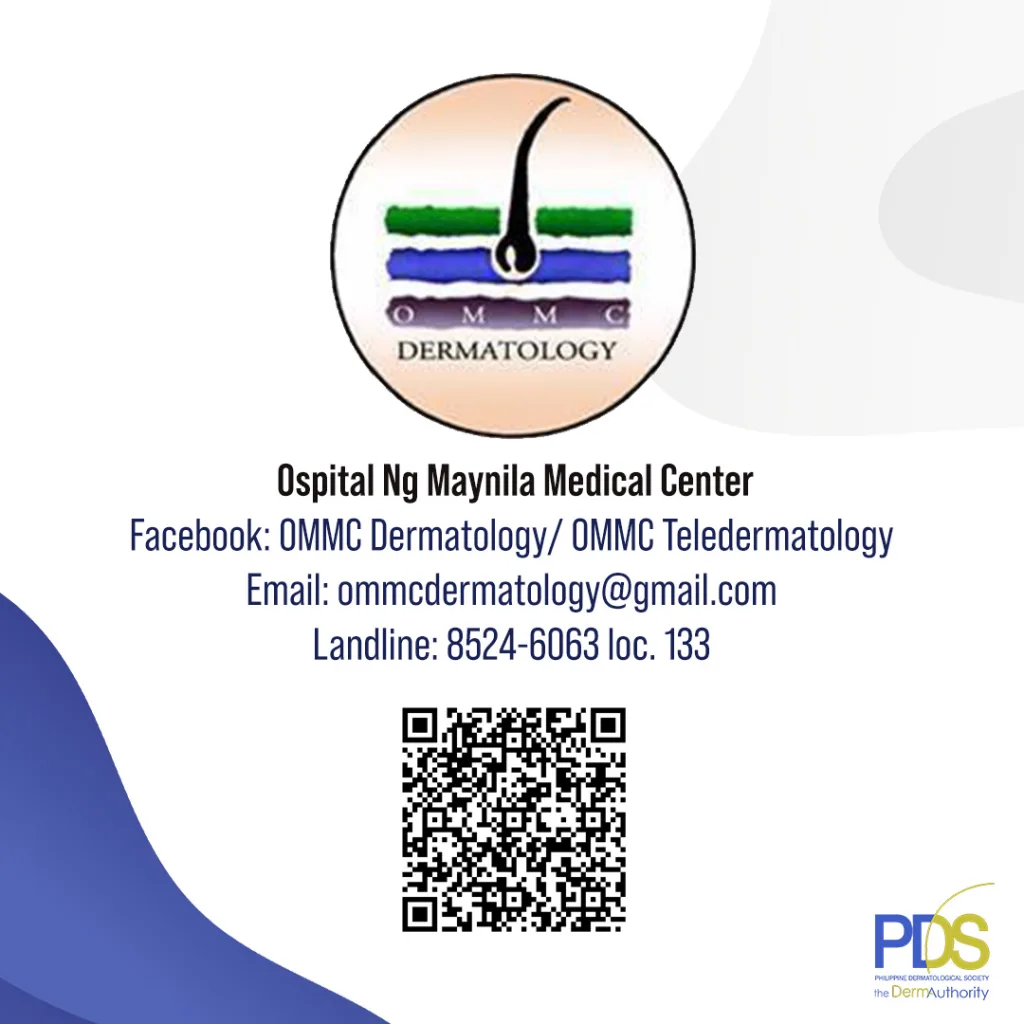
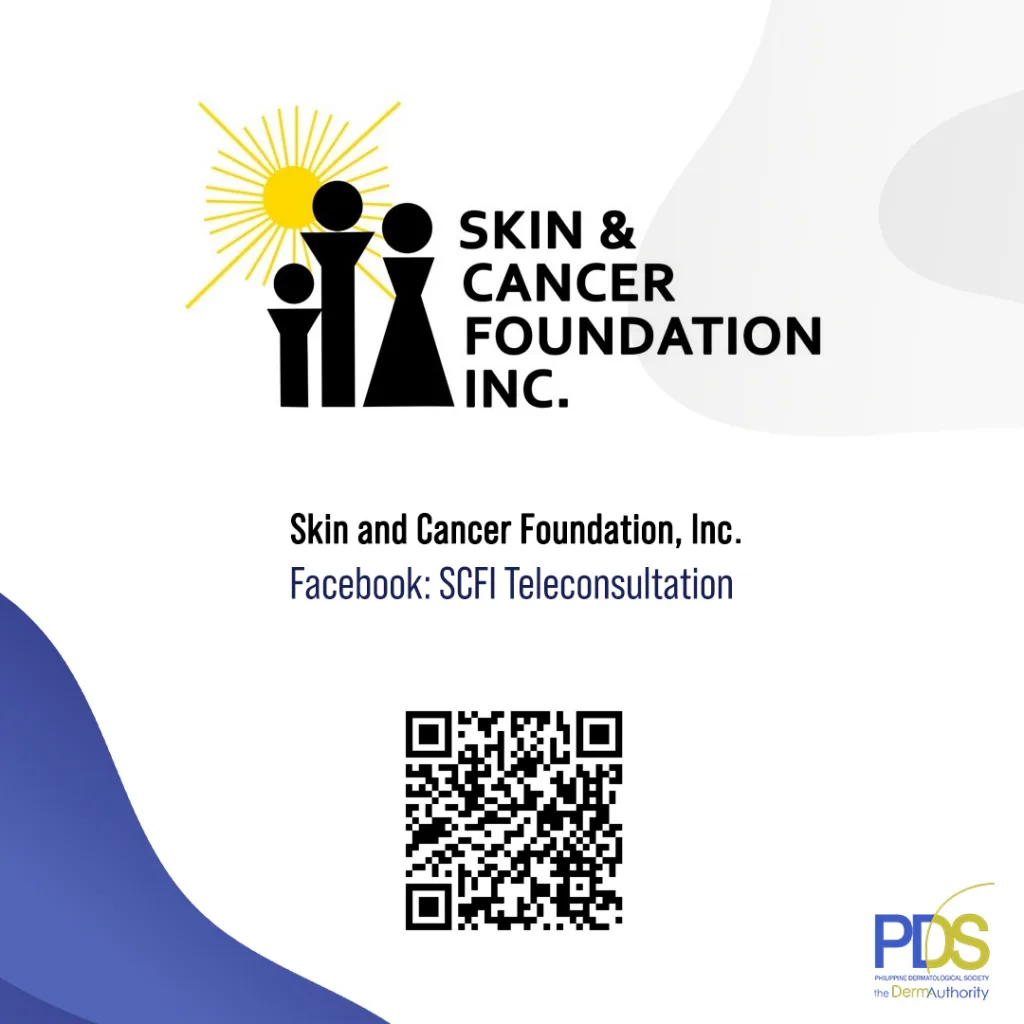
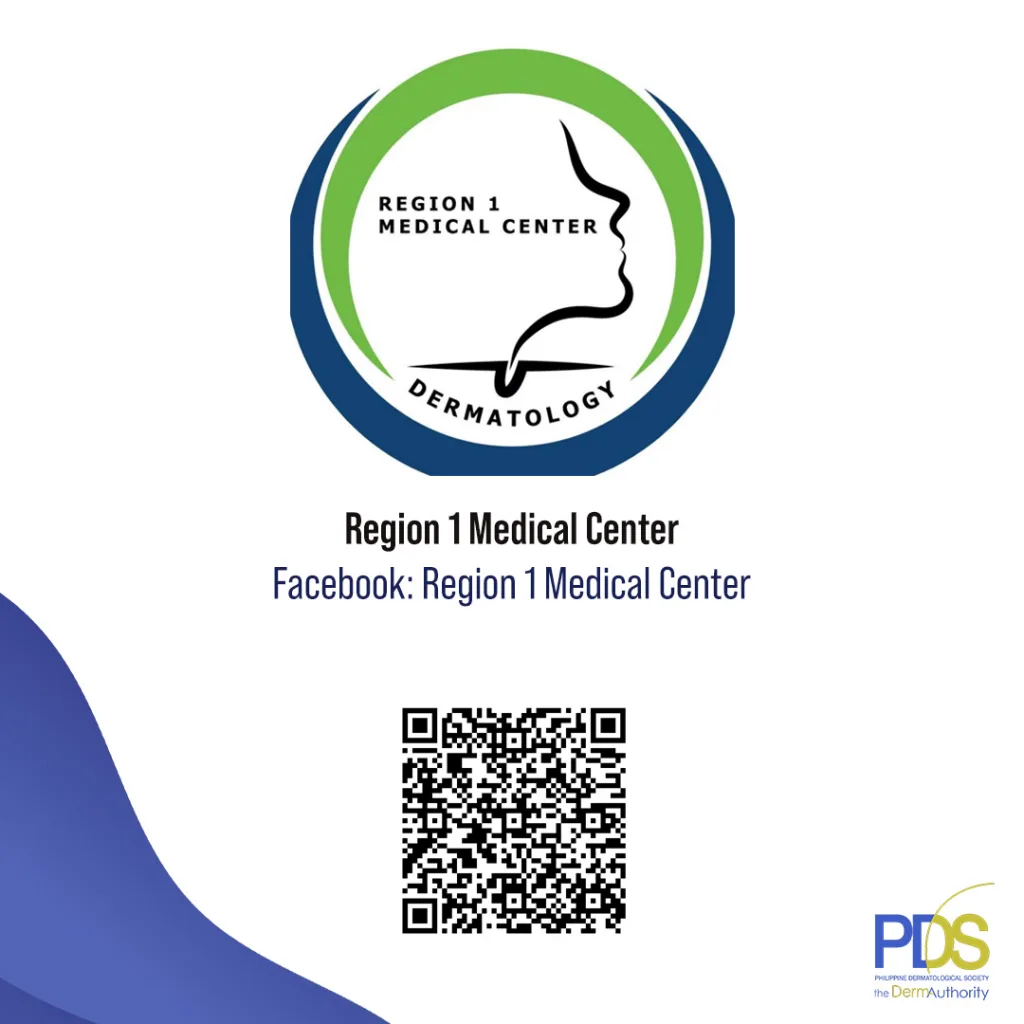
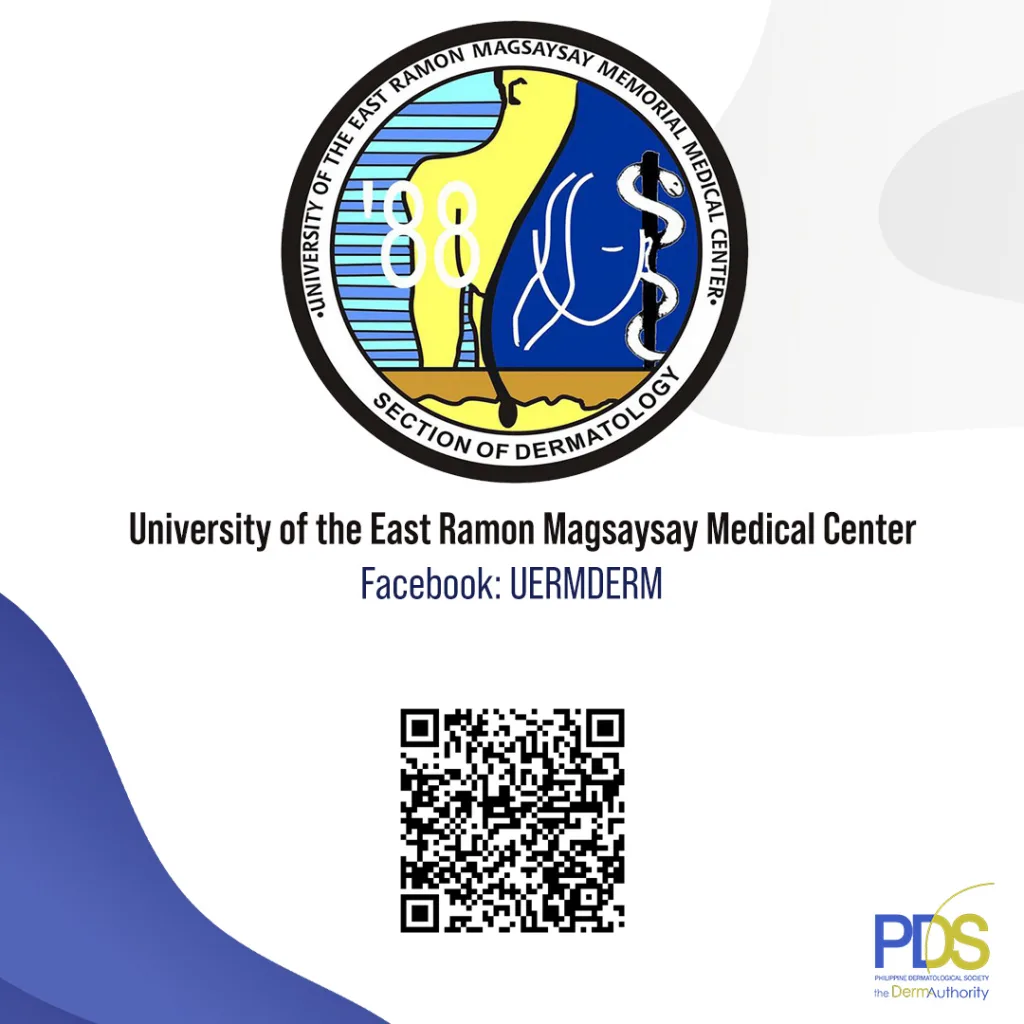
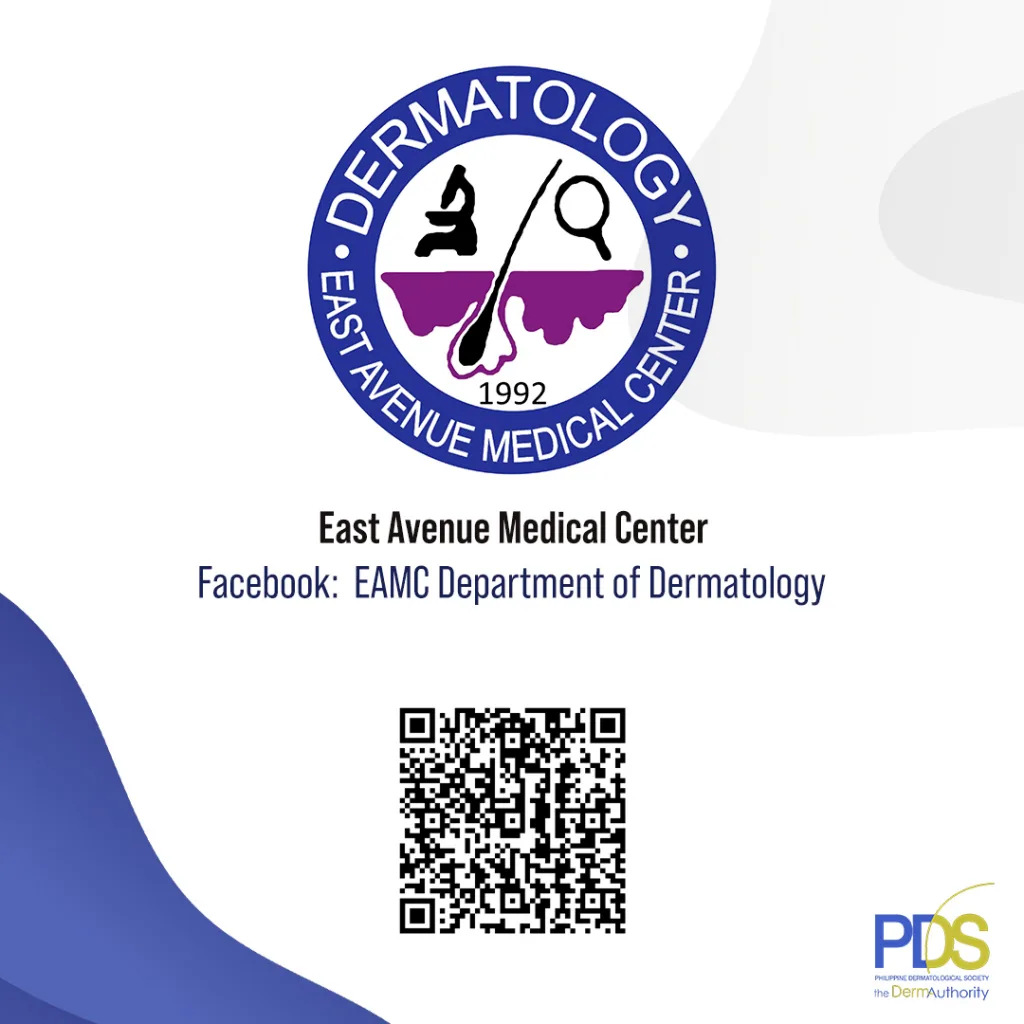
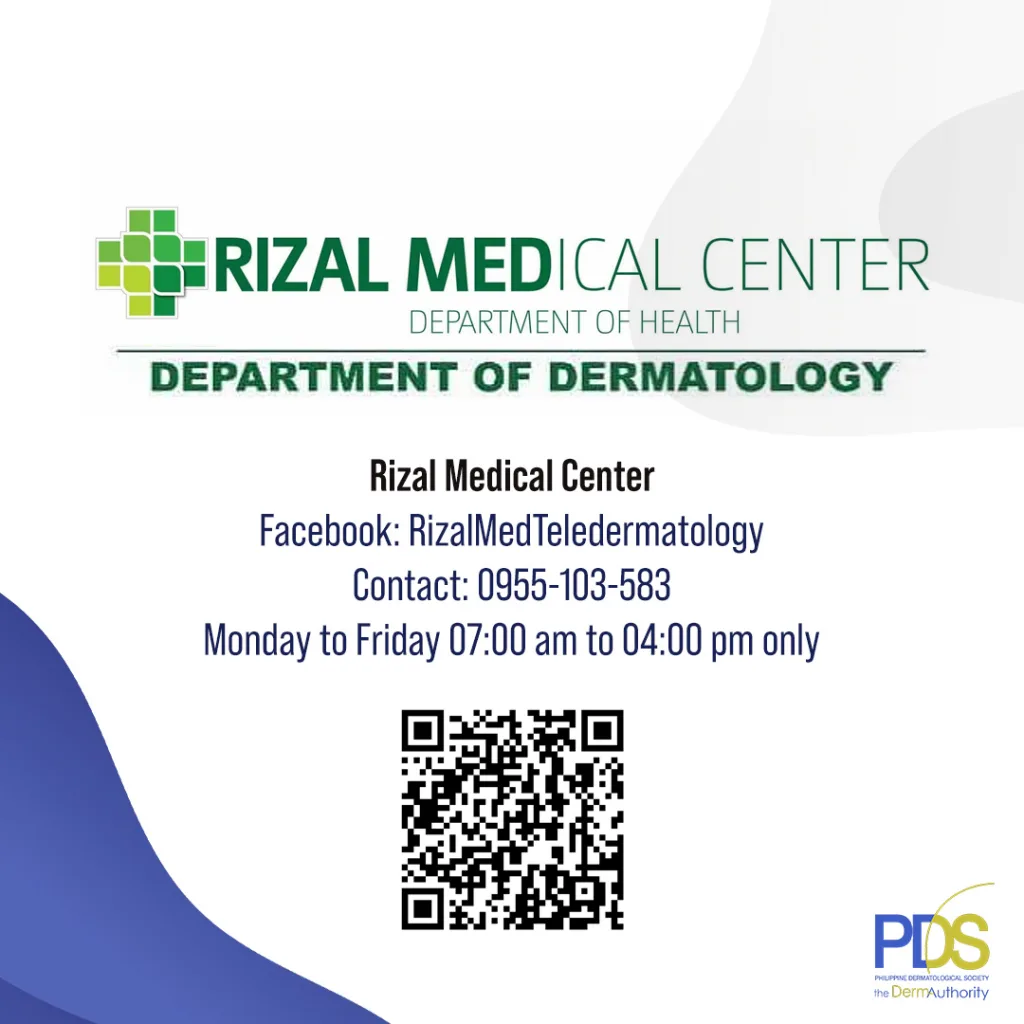
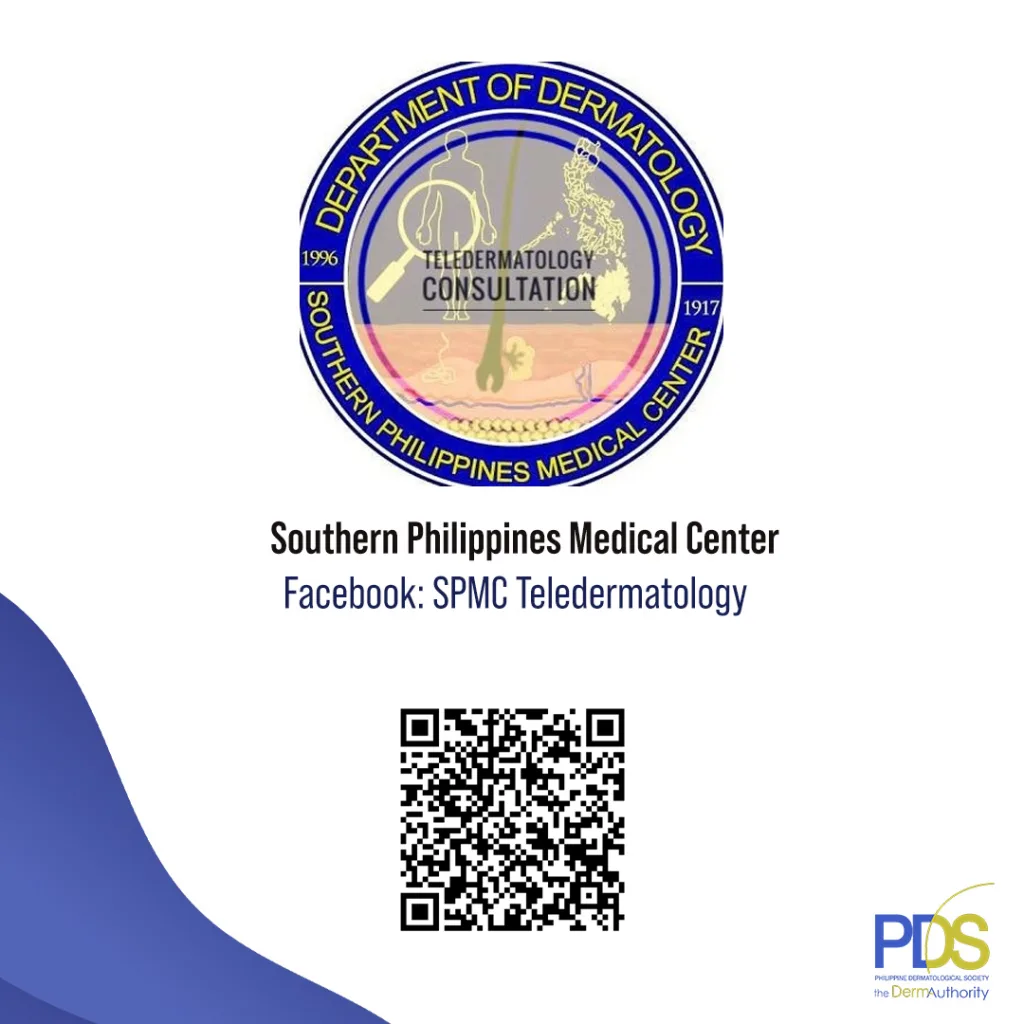
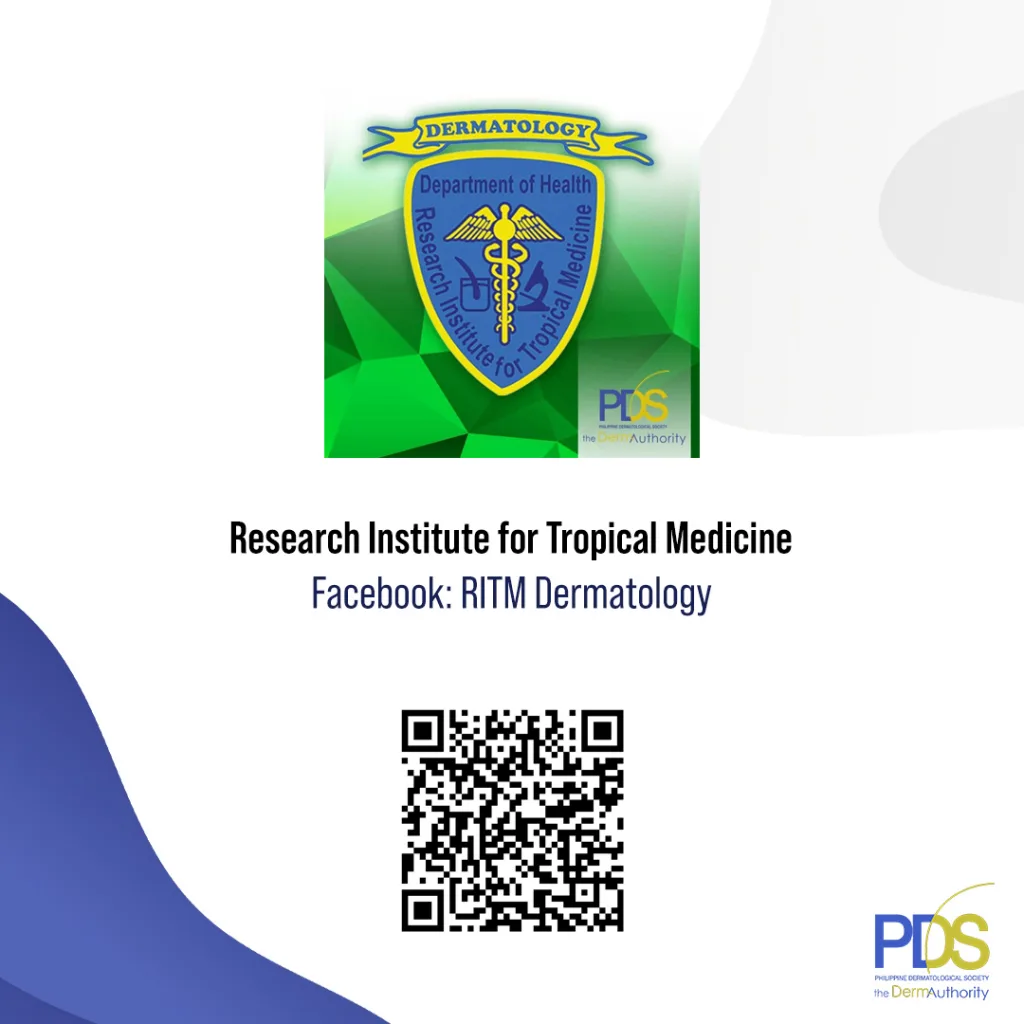
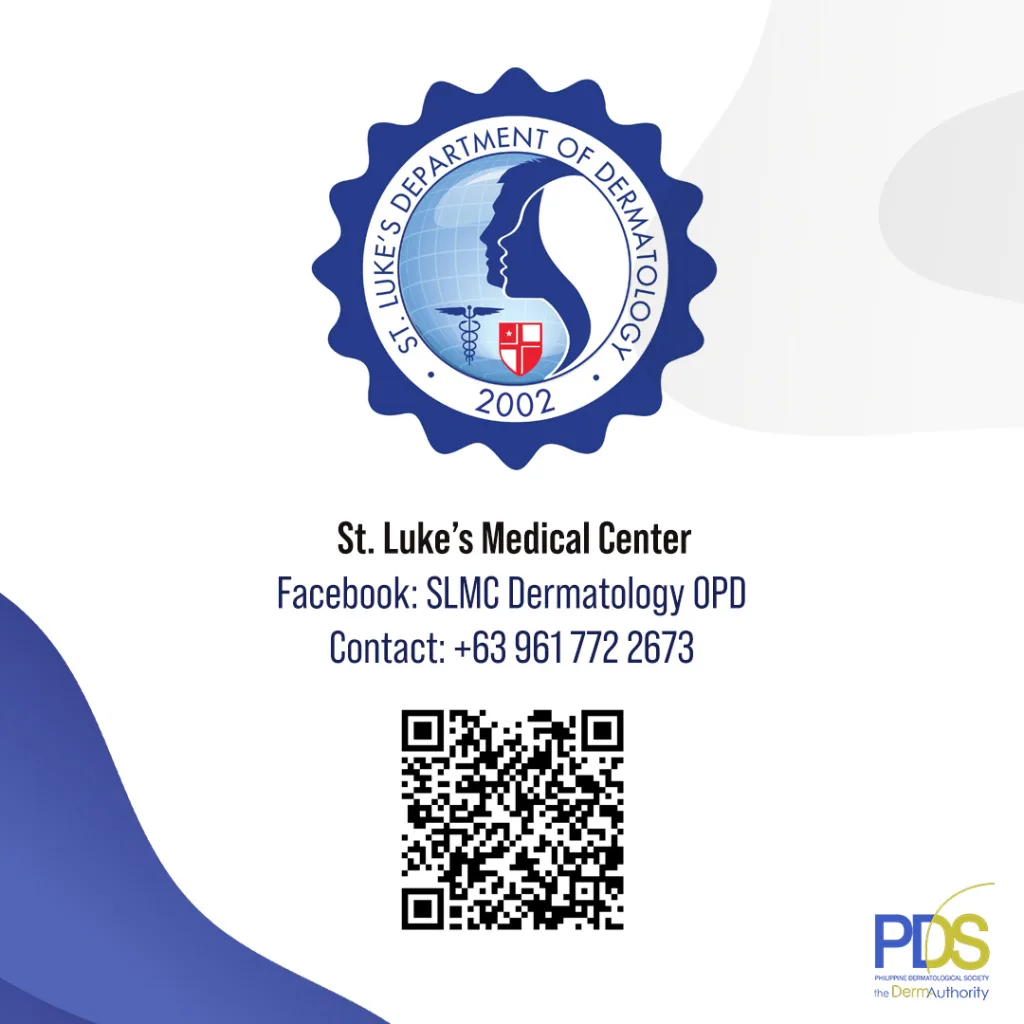

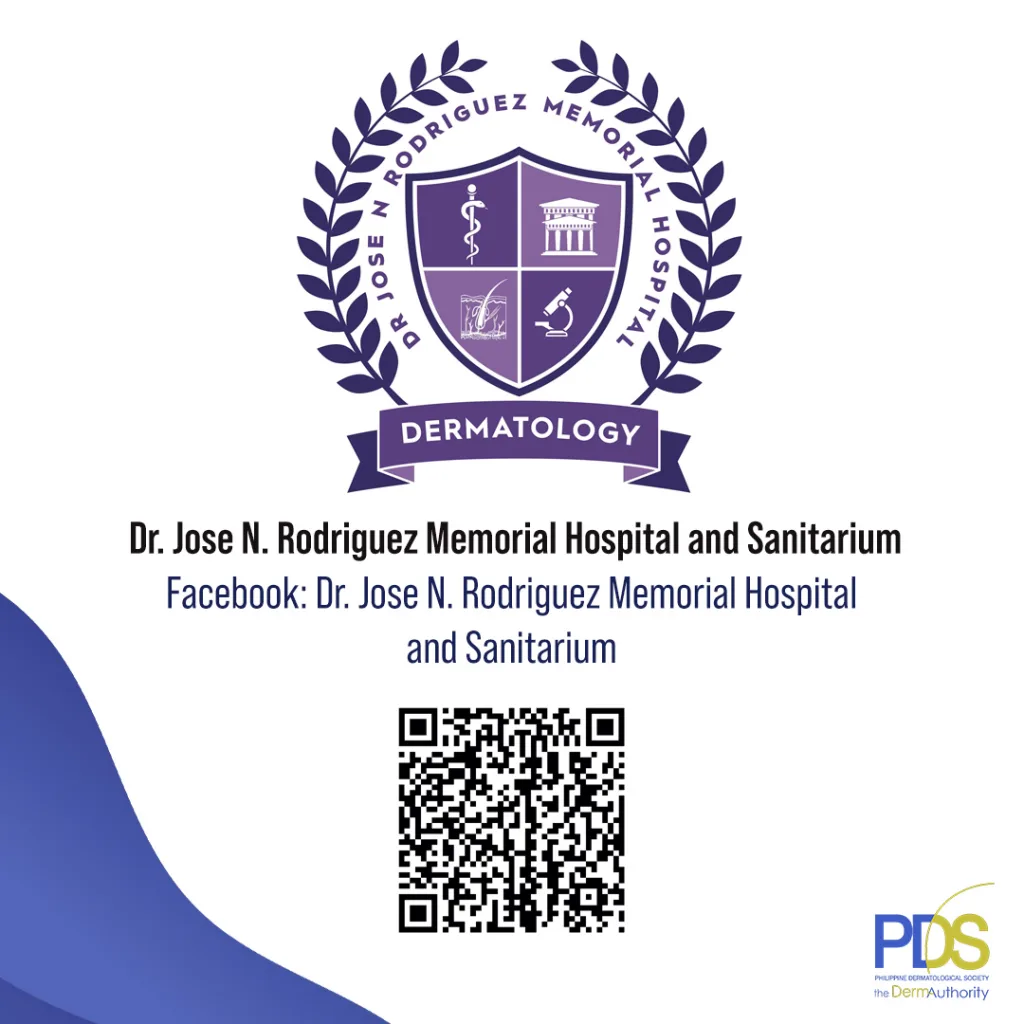

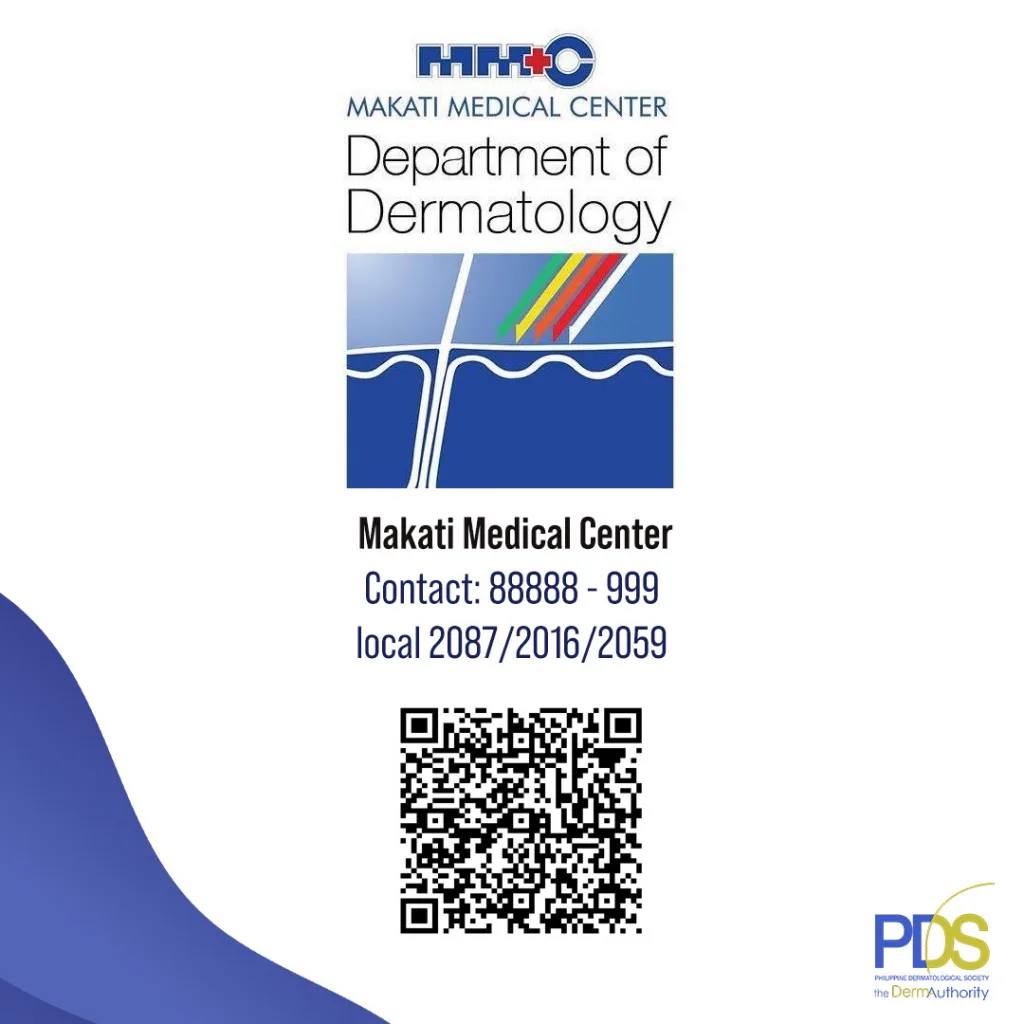
The 4th Annual meeting of the Asian Society of Dermatopathology (ASD) was organized by the Dermatopathology Society of the Philippines in the Philippine Dermatological Society (DSP-PDS). The event was held virtually on October 24-25, 2022 and was well-attended by multi-nationalities of over 195 registrants composed of dermatopathologists, pathologists, and dermatology consultants and residents/fellows-in-training. There were 17 plenary speakers from 8 different countries of Europe, USA and Asia with 10 case discussion speakers from the Asian countries All of the speakers were of high-caliber and world-renowned experts in their subspecialties. The overall chair of the organizing committee was Arnelfa C. Paliza, MD, FPDS, President of DSP-PDS, and the scientific committee was chaired by Ma. Jasmin J. Jamora, MD, FPDS.
Here are some of the testimonials from the attendees:
“The meeting was fantastic! It was a great success!” – Yu-Hung Wu, MD, ASD President
“It was a nice a meeting. Great job!” – Suat Hoon Tan, MD, ASD Vice-President
“The speakers were top-notched leaders in dermatopathology.” – Thuy Phung, MD, ASD treasurer
“It’s a hard act to follow.” – Joyce Lee, MD, ASD Chair of Education Committee
The next ASD may not be able to have the caliber and number of speakers such as this”- Daisuke Tsuruta, MD, overall chair of upcoming 5th ASD Annual Meeting
“Many thanks for the academic feast.” – Sivaranjini Ramassamy, MD, delegate from India
“Thank you. I really enjoyed it. It was a great meeting. I love the platform. I look forward to next year’s one.” – Alexander Nirenberg, MD, delegate from Australia
Organizing Committee of the 4th ASD Annual Meeting together with Yu-Hung Wu, MD, President of ASD
Day 1 Plenary: Diagnostic clues in Medical Dermatopathology
1st row (L-R): Kara Melissa T. Culala, MD (moderator); Rosalie Elinitsas, MD (speaker); Dr. Jacqueline Junkins Hopkins, MD
2nd row (L-R): Dr. Joyce Lee, MD (moderator); Dr. Jennifer McNiff, MD (speaker); Dr. Jag Bhawan, MD
Day 1 Case Discussion
1st row (L-R): Dr. Bryan K. Guevara, MD (moderator); Chia Hui Yi, MD (speaker); Dr. Dongyoun Lee, MD (speaker)
2nd row (L-R): Dr. Sondang Mh Aemilia Pandjaitan Sirait, MD (moderator); Chao-Kai Hsu, MD (speaker); Lei Wang, MD (speaker)
Free communications with the Research Committee: Mara Therese E. Huber, MD (Chair) and Eileen Liesl A. Cubillan, MD (Member)
Day 1 Plenary: Challenging Dermatologic Infections
1st row (L-R): Arnelfa C. Paliza, MD (DSP-PDS president); Andrea Marie B. Mendoza, MD; Maria Isabel Beatriz L. Puno, MD (moderator)
2nd row (L-R): Nopadon Noppakun, MD (speaker); Johannes F. Dayrit, MD (speaker); Maria Franchesca S. Quinio, MD (moderator)
Day 2 Plenary: Tackling tumors and nails
1st row (L-R): Steven D. Billings, MD (speaker); Phyu P. Aung, MD (moderator)
2nd row (L-R): Maria Jasmin J. Jamora, MD (moderator); Mary Grace Anne A. Calvarido, MD (moderator)
Day 2 Case Discussion
1st row (L-R): Arnelfa C. Paliza, MD (DSP-PDS president); Andrea Marie B. Mendoza, MD; Erin Jane T. Santos, MD (moderator)
2nd row (L-R): Poonnawis Sudtikoonaseth, MD (speaker); Ikmal Hisyam Bakrin, MD (speaker); Daisuke Tsuruta, MD (speaker)
Ken Natsuga
Day 2 Plenary: Advances in Dermatologic Diagnostics
1st row (L-R): Tan Suat Hoon, MD (moderator); Yu-hung Wu, MD (speaker); Riza Milante, MD (moderator)
2nd row (L-R): Ken Natsuga, MD (speaker); John McGrath, MD (speaker); Shang-Ian Tee, MD (speaker)
3rd row (L-R): Maria Jasmin J. Jamora, MD (moderator); Werner Kempf, MD (speaker); Arnelfa C. Paliza, MD (DSP-PDS president)